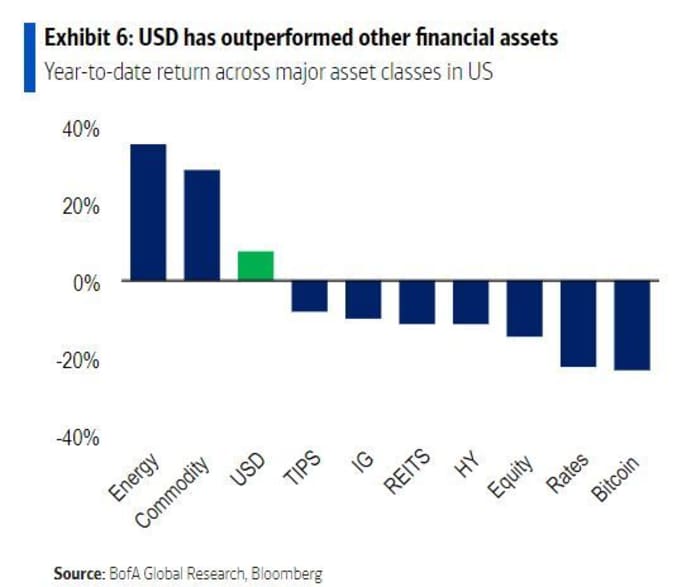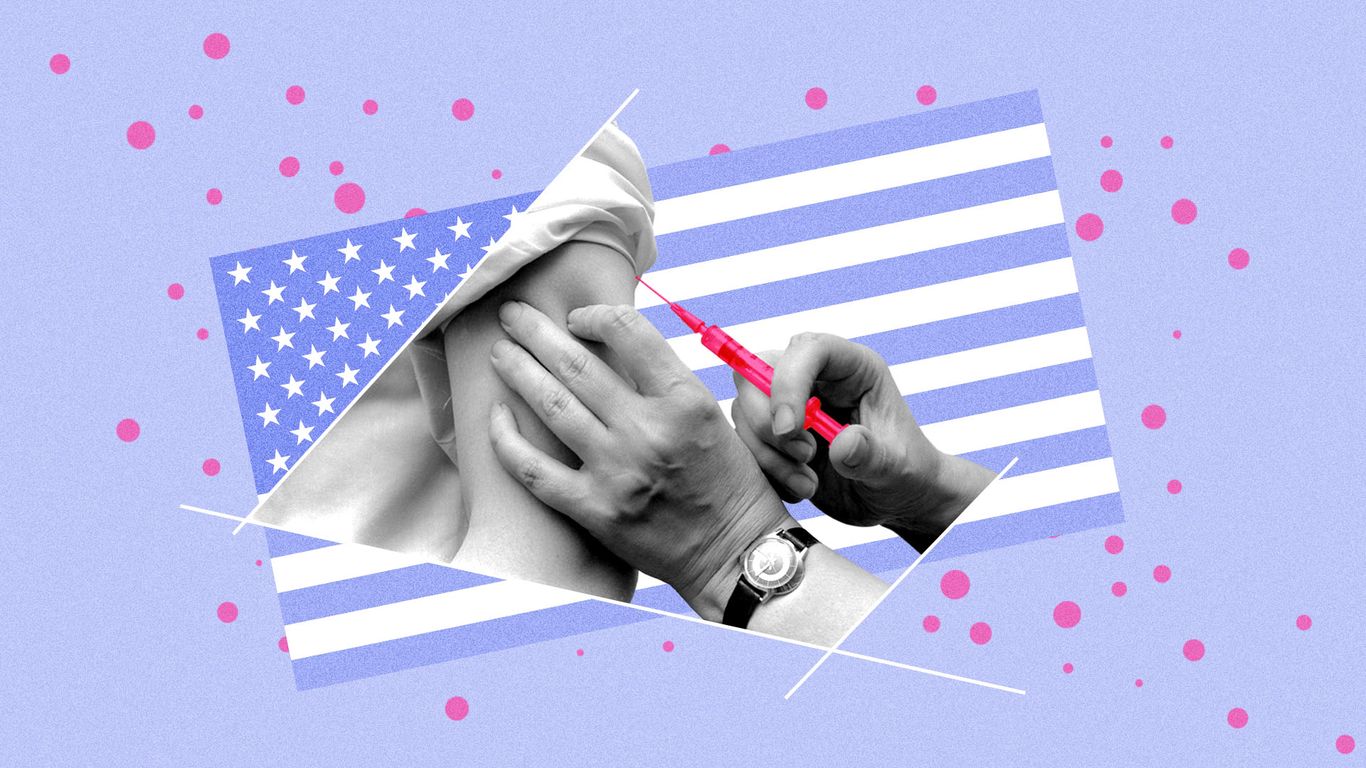Sustainable Practices In The Vaccine Packaging Market

Table of Contents
Eco-Friendly Materials for Vaccine Packaging
The shift towards sustainable pharmaceutical packaging, particularly in the vaccine sector, necessitates a move away from traditional plastics. The industry is actively exploring and implementing alternatives to reduce its reliance on non-renewable resources and minimize environmental impact. Key focuses include:
-
Biodegradable vaccine packaging: Materials like polylactic acid (PLA) and polyhydroxyalkanoates (PHAs) are gaining traction. PLA, derived from renewable resources such as corn starch, offers a biodegradable option, while PHAs are produced from bacterial fermentation. However, challenges remain regarding cost-effectiveness and performance consistency compared to traditional plastics.
-
Compostable vaccine packaging: These materials break down completely into natural elements under specific composting conditions, further reducing environmental impact. However, widespread compost infrastructure is crucial for effective disposal.
-
Recyclable vaccine packaging: Utilizing recycled content in packaging significantly reduces the need for virgin resources. This includes incorporating recycled plastics or exploring options like recyclable paper-based packaging solutions for components where feasible. Careful design is key to ensure recyclability.
-
Sustainable polymers and renewable materials: Research continues into developing novel sustainable polymers derived from renewable biomass sources. This area holds great potential for long-term solutions. The life cycle assessment of these materials is crucial to understand their complete environmental impact.
Optimizing the Vaccine Cold Chain for Sustainability
Maintaining the integrity of vaccines during transport and storage – the cold chain – is paramount. However, traditional cold chain methods often rely on energy-intensive refrigeration, contributing significantly to carbon emissions. Sustainable solutions focus on:
-
Sustainable cold chain packaging: Innovations in insulation materials are crucial. The use of vacuum insulation panels (VIPs) and advanced phase-change materials (PCMs) can significantly reduce the reliance on continuous refrigeration, lowering energy consumption and the carbon footprint.
-
Eco-friendly vaccine transport: Optimizing transportation routes and logistics is essential. Consolidating shipments, utilizing fuel-efficient vehicles, and exploring alternative modes of transport such as rail or sea can contribute to emissions reductions.
-
Energy-efficient vaccine refrigeration: Investing in energy-efficient refrigeration units with low Global Warming Potential (GWP) refrigerants is crucial. The implementation of smart monitoring systems also enhances efficiency by allowing for predictive maintenance and optimized temperature control.
-
Reusable or returnable packaging systems: Implementing a circular economy approach, where packaging is reused or returned for cleaning and reuse, dramatically cuts down on waste and material consumption.
Waste Reduction Strategies in Vaccine Packaging
Minimizing waste throughout the vaccine packaging lifecycle is vital. Strategies include:
-
Vaccine packaging waste reduction: Implementing lightweighting strategies reduces material usage without compromising vaccine integrity. This requires careful design and material selection.
-
Minimizing vaccine packaging footprint: Optimizing packaging dimensions and eliminating unnecessary components reduces both material usage and transportation costs, contributing to a smaller environmental footprint.
-
Circular economy vaccine packaging: Designing for recyclability and compostability is essential. This requires close collaboration between packaging manufacturers and waste management companies to ensure proper recycling infrastructure is in place.
-
Recyclable vaccine packaging design: Careful consideration of material selection and design is crucial to enable effective recycling or composting. Clear labeling and instructions for consumers are also essential.
The Role of Regulations and Industry Standards
Regulatory frameworks and industry standards are pivotal in driving the adoption of sustainable vaccine packaging.
-
Vaccine packaging regulations: Governments worldwide are increasingly implementing regulations promoting sustainable packaging practices. These often involve requirements for recycled content, compostability, or restrictions on specific harmful materials.
-
Sustainable packaging standards: Industry bodies are developing standards promoting best practices for sustainable pharmaceutical packaging, including guidelines for material selection, design, and end-of-life management. Adherence to ISO standards related to packaging is also increasingly important.
-
ISO standards for vaccine packaging: International standards provide frameworks for sustainable practices, ensuring interoperability and consistency across the industry.
-
Pharmaceutical packaging compliance: Companies must navigate complex regulatory requirements to ensure their vaccine packaging complies with relevant national and international standards. This often necessitates collaboration with regulatory bodies and testing laboratories.
Conclusion
The adoption of sustainable practices in vaccine packaging is not just an environmental imperative; it's a crucial step towards ensuring the long-term viability and sustainability of the vaccine supply chain. Transitioning to eco-friendly vaccine packaging, optimizing the cold chain, and implementing robust waste reduction strategies are vital steps. Collaboration between manufacturers, regulators, and waste management companies is paramount to achieving significant progress. The future of vaccine delivery depends on embracing sustainable vaccine packaging solutions. Join the movement towards a greener and more responsible vaccine supply chain by exploring eco-friendly packaging options and implementing sustainable practices within your organization. Let's work together to create a more sustainable future for vaccine packaging.

Featured Posts
-
 Are High Stock Market Valuations A Cause For Concern Bof A Says No
May 30, 2025
Are High Stock Market Valuations A Cause For Concern Bof A Says No
May 30, 2025 -
 Rol Blagoveschenskoy Tserkvi V Kyonigsberskoy Operatsii Issledovanie Deyatelnosti Karpova
May 30, 2025
Rol Blagoveschenskoy Tserkvi V Kyonigsberskoy Operatsii Issledovanie Deyatelnosti Karpova
May 30, 2025 -
 Alexander Gustafsson Assessing The Threat Of Tom Aspinall To Jon Jones
May 30, 2025
Alexander Gustafsson Assessing The Threat Of Tom Aspinall To Jon Jones
May 30, 2025 -
 Jan 6 Committee Witness Cassidy Hutchinson Announces Memoir
May 30, 2025
Jan 6 Committee Witness Cassidy Hutchinson Announces Memoir
May 30, 2025 -
 Potential Loss Of Canadas Measles Elimination Status By Fall
May 30, 2025
Potential Loss Of Canadas Measles Elimination Status By Fall
May 30, 2025
Latest Posts
-
 Controversy Surrounds New Beatles Cast Understanding The White Boy Of The Month Criticism
May 31, 2025
Controversy Surrounds New Beatles Cast Understanding The White Boy Of The Month Criticism
May 31, 2025 -
 Beatles Casting Announcement Sparks Debate Examining The White Boy Of The Month Reaction
May 31, 2025
Beatles Casting Announcement Sparks Debate Examining The White Boy Of The Month Reaction
May 31, 2025 -
 The Beatles Cast Revealed A Look At The White Boy Of The Month Controversy
May 31, 2025
The Beatles Cast Revealed A Look At The White Boy Of The Month Controversy
May 31, 2025 -
 Podrobnosti Za Kontuziyata Na Grigor Dimitrov
May 31, 2025
Podrobnosti Za Kontuziyata Na Grigor Dimitrov
May 31, 2025 -
 Vzstanovyavane Na Grigor Dimitrov Sled Kontuziya
May 31, 2025
Vzstanovyavane Na Grigor Dimitrov Sled Kontuziya
May 31, 2025
